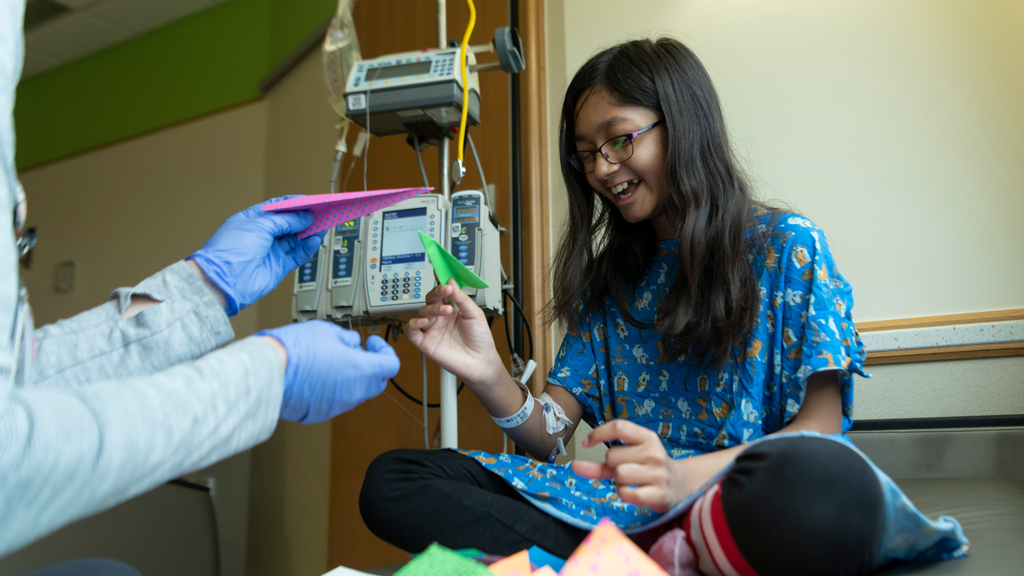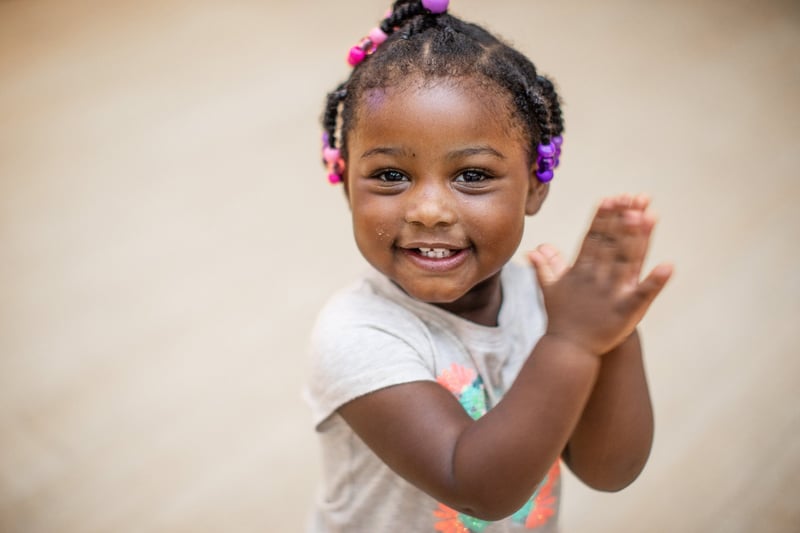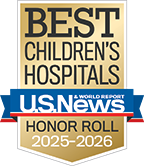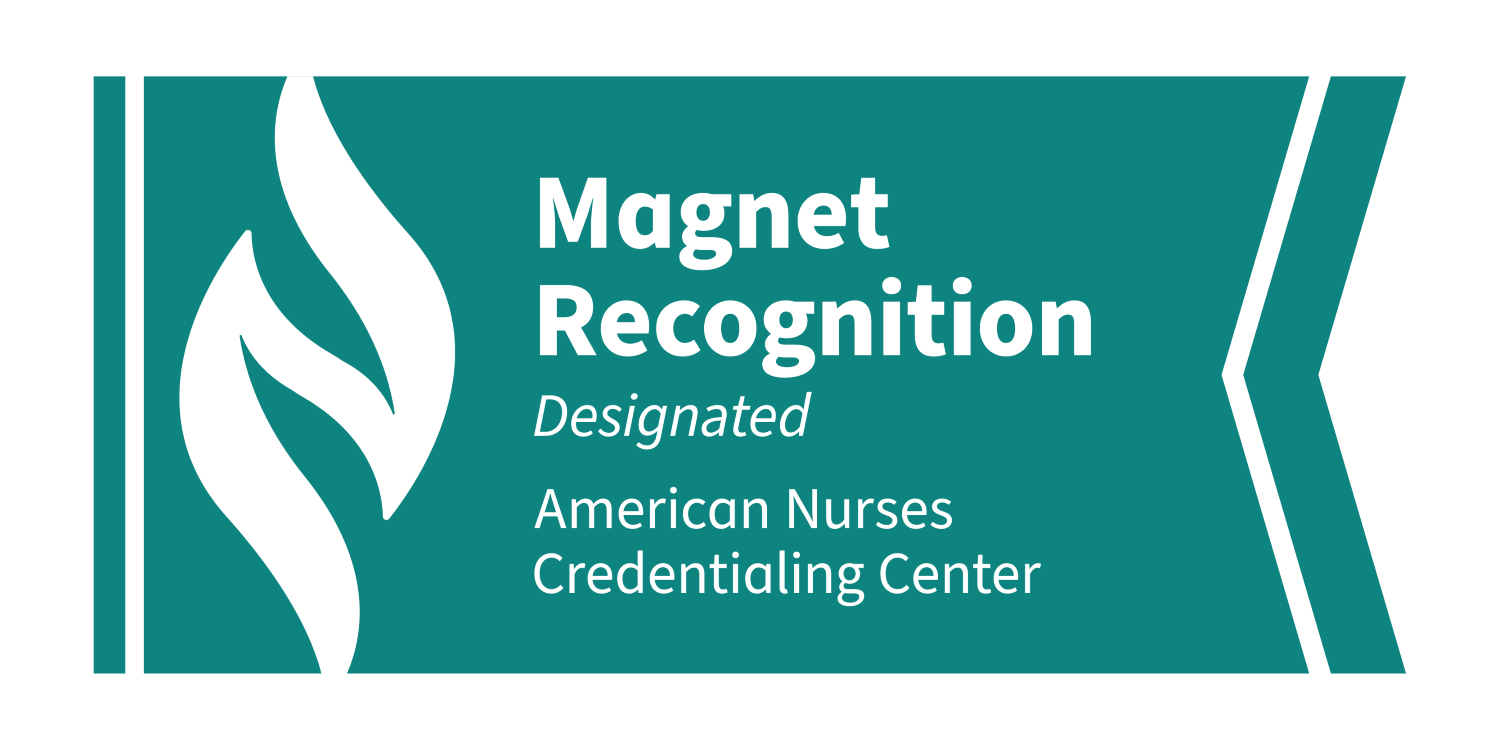Condition
Pediatric Parechovirus
What You Need to Know
Human parechoviruses (PeVs) are common childhood viruses that spread through respiratory droplets and contact with bodily fluids or fecal matter.
Key Symptoms
The virus usually causes very mild symptoms, or none at all. Symptoms may include:
- Upper respiratory tract infection
- Fever and rash
Parechoviruses can cause more severe illnesses in infants less than 3 months old.
Diagnosis
If your child's healthcare provider suspects a parechovirus infection, they can diagnose it with lab tests such throat or nasal swabs, a blood test or stool sample.
Treatment
Treatment for parechovirus typically includes
- Rest
- Drinking plenty of fluids
- Over-the-counter fever reducing medications

Schedule an Appointment
Paradoxical vocal fold movement (PVFM) is a voice a disorder. The vocal folds (cords) behave in a normal fashion almost all of the time; but, when an episode of PVFM occurs, the vocal cords inappropriately close when they should open during inspiration.
Frequently Asked Questions
What is parechovirus?
What causes parechovirus in a child?
What are the symptoms of parechovirus in a baby?
How is parechovirus diagnosed in a child?
How is parechovirus treated in a child?
How can I protect my baby from parechovirus?
When should I call my baby's healthcare provider?
Departments that Treat Parechovirus

Infectious Diseases
Our Division of Infectious Diseases is the major referral center for infectious diseases in the Washington, D.C., area, helping thousands of patients each year, and actively promoting prevention through community outreach and education. Learn more about this division.

Help Kids and Make a Difference
Invest in future cures for some of life's most devastating diseases. Give today to help more children grow up stronger.







